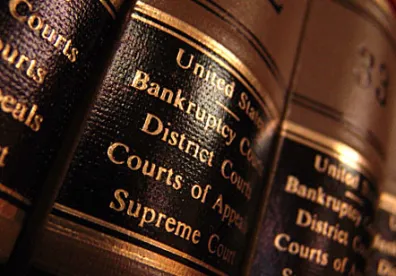Last month, the Supreme Court announced its decision in Baker Botts LLP v. Asarco LLC. As most readers will be aware, that case involved a dispute over whether debtor’s retained counsel could be compensated for the fees and expenses incurred in the defense of its bankruptcy fee application.
Justice Thomas wrote the opinion for a six Justice majority (Justice Sotomayor concurring for purposes of the outcome). Justice Breyer dissented, joined by Justices Kagan and Ginsburg. In finding that fee defense costs were not recoverable, Justice Thomas began from what he described as “…the bedrock principal known as the American Rule: each litigant pays his own attorney’s fees, win or lose, unless a statute or contract provides otherwise.” Justice Thomas’ review of the language of Bankruptcy Code section 330(a)(1) led him to conclude that it did not provide the sort of “explicit statutory authority” necessary to override the American Rule.
Following the issuance of the Baker Botts opinion, there has been a fair amount of consternation and hand-wringing among bankruptcy professionals. Concerns have been expressed that the ruling fundamentally alters the balance among bankruptcy participants and will lead to frequent tactical use of fee objections to pressure debtors and their retained professionals.
On dispassionate reflection, however, it seems that predictions of “doom and gloom” may overstate the issue. The circumstances of the Baker Botts decision are truly exceptional, what might appropriately be described as the “perfect storm.” The ruling may end up being far less important to bankruptcy practitioners than the fears and forecasts predict.
First, this was a case involving unusually large fee amounts and a resulting large economic opportunity for the fee objection. The total fees awarded to Baker Botts were approximately $120 million. In addition, the Bankruptcy Court awarded them a “bonus” of over $4 million for the extraordinary outcome they had obtained. And the fee defense amounts were also extraordinarily large – – over $5 million. It will be the exceptional reorganization case where there will be that much money to fight about.
And second, one should also consider the unusual nature of the objecting party. Baker Botts was engaged to represent the debtor, which then sued and recovered a judgment against its corporate parent worth between $7 and $10 billion. That judgment helped support a plan of reorganization in which all of the debtor’s creditors were paid in full. The parent company then reacquired ownership of the reorganized debtor. It is easy to imagine that the parent company would be emotionally motivated to go after the firm that had cost them so much. Moreover, as the continuing owner of the reorganized debtor, any reduction in fees would inure entirely to their benefit.
In the ordinary Chapter 11 context, the unsecured creditors are rarely paid in full. In such a situation, a reduction in fees or other priority expenses would ordinarily benefit the creditors as a class. They would each share any recovery in proportion to their respective allowed claims. Moreover, the Creditors’ Committee, as the representative of the creditors as a whole, generally ceases existence upon plan confirmation. In those circumstances, any individual creditor would be reluctant to shoulder the cost burden of prosecuting a fee objection when it would share only a fractional part of any successful outcome.
Finally, it would also be unusual for there to be the deep adversarial feelings that existed between debtor’s counsel and the fee objector in the Baker Botts case. Creditors are often angry with the debtor, feeling that they have been injured by the bankruptcy filing. However, those feelings rarely carry over to debtor’s counsel, or if they do, seldom with anywhere near the same intensity.
All this is not to say that the decision will have no impact on the bankruptcy fee process. Secured creditors, particularly those that are partially secured, or large unsecured creditors may consider whether they could benefit from fee objections. However, secured creditors with liens on cash collateral can already use the budget process to impose limits on fees. And the Supreme Court’s decision does not increase the upside opportunity of objecting to fees; rather, it reduces the downside risk since the estate professional will have to pay its own cost of defending its application and that cost will not add to the estate’s fee bill. Finally, the necessity of defending a fee application at one’s own expense may make estate professionals more likely to agree to compromise their fee requests to avoid an unrecoverable defense cost.
So, rather than assuming the worst, bankruptcy professionals might be better advised to take a “wait and see” attitude about the implications of the Baker Botts decision for bankruptcy fee applications and the likelihood of fee objections.



 />i
/>i

